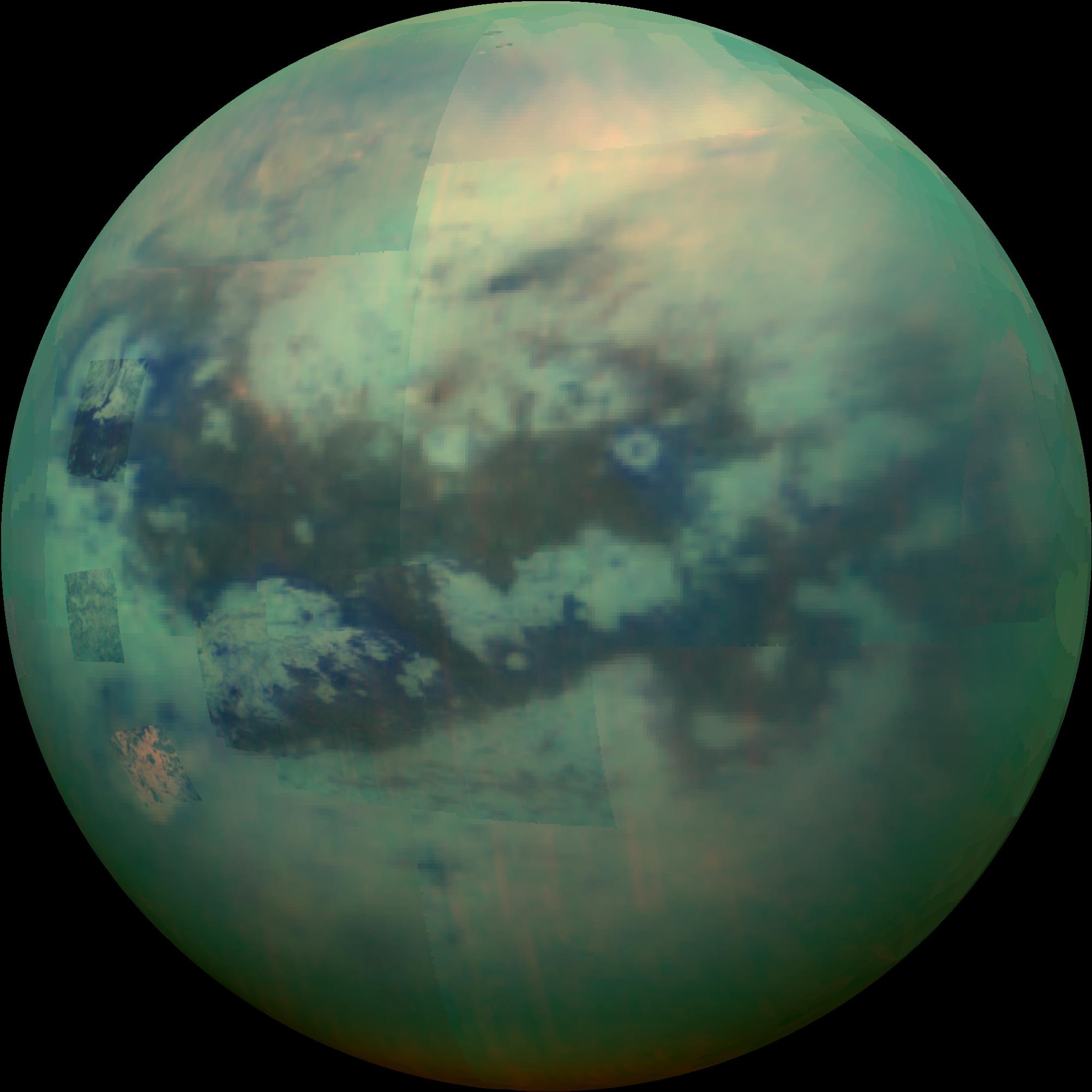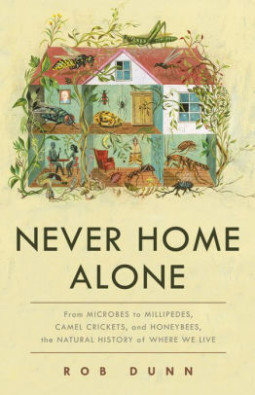 Athlete’s Guide to Recovery (starts at 5:39): Colorado is riddled with athletes, many of them incessantly chasing the latest recovery products and services that will enhance their performance — from Gatorade and other ubiquitous sports-recovery drinks, to supplements, to compression boots, to cryochambers, to good old-fashioned massages. How solid is the solid the science behind the multi-million marketing campaigns? Christie Ashwanden, a former pro cyclist, runner and skier, is also the lead science writer at FiveThirtyEight, and her new book explores the scientific research, the snake oil, and common sense practices, in the world of exercise recovery. Good to Go: What the Athlete in All of Us Can Learn from the Strange Science of Recovery (Norton), was just published today. Christie will also speak about her book tonight at the Boulder Book Store, and tomorrow in Fort Collins at Old Firehouse Books.
Athlete’s Guide to Recovery (starts at 5:39): Colorado is riddled with athletes, many of them incessantly chasing the latest recovery products and services that will enhance their performance — from Gatorade and other ubiquitous sports-recovery drinks, to supplements, to compression boots, to cryochambers, to good old-fashioned massages. How solid is the solid the science behind the multi-million marketing campaigns? Christie Ashwanden, a former pro cyclist, runner and skier, is also the lead science writer at FiveThirtyEight, and her new book explores the scientific research, the snake oil, and common sense practices, in the world of exercise recovery. Good to Go: What the Athlete in All of Us Can Learn from the Strange Science of Recovery (Norton), was just published today. Christie will also speak about her book tonight at the Boulder Book Store, and tomorrow in Fort Collins at Old Firehouse Books.
Hosts: Susan Moran, Gretchen Wettstein
Producer: Susan Moran
Engineer: Maeve Conran
Executive Producer: Beth Bennett
Listen to the show here:
Podcast: Play in new window | Download (Duration: 27:10 — 24.9MB)
Subscribe: RSS





 Feature: Titan (starts at 8:55)
Feature: Titan (starts at 8:55) 
 Never Home Alone (starts at 4:26) In this week’s How on Earth, Beth interviews Professor Rob Dunn. In his recent book, Never Home Alone, he gives a sneak peak into the natural history of the wilderness in our homes, from the microbes in our showers to the crickets in our basements. You can find out more about
Never Home Alone (starts at 4:26) In this week’s How on Earth, Beth interviews Professor Rob Dunn. In his recent book, Never Home Alone, he gives a sneak peak into the natural history of the wilderness in our homes, from the microbes in our showers to the crickets in our basements. You can find out more about